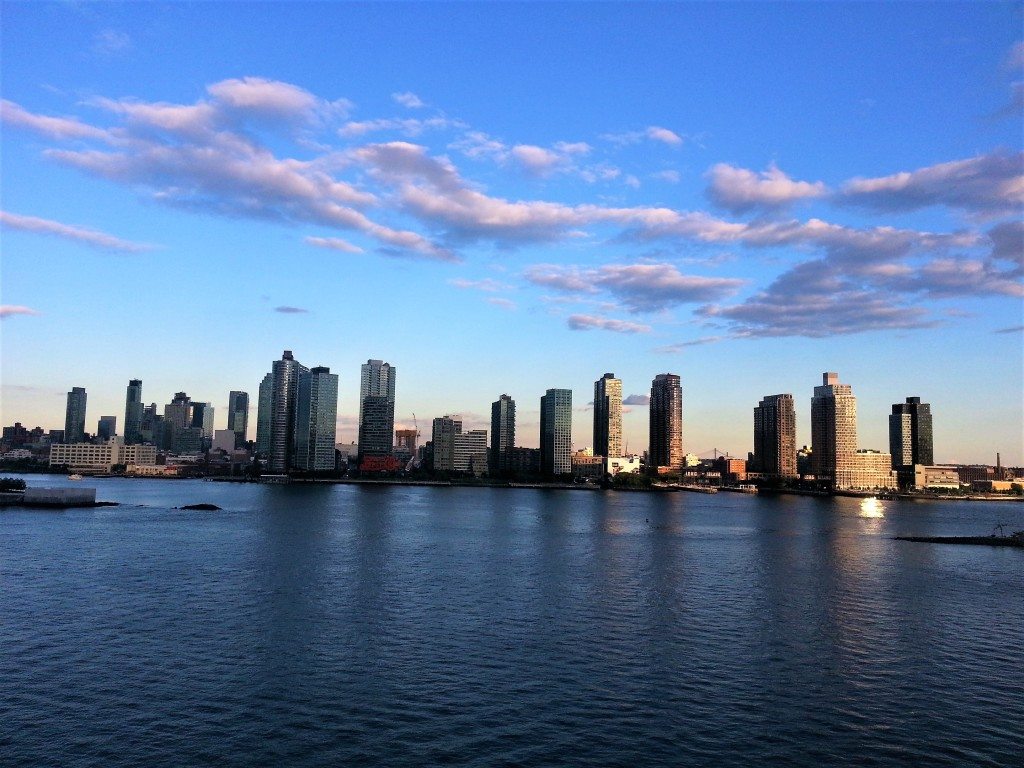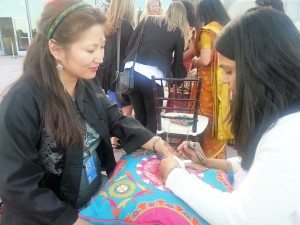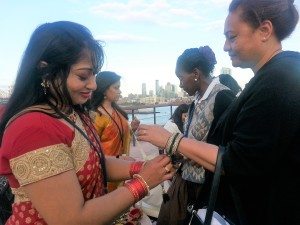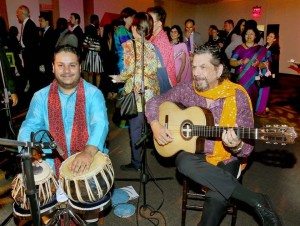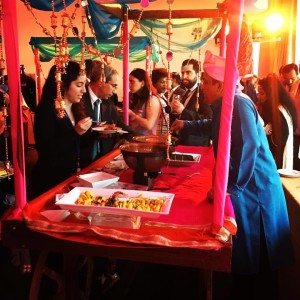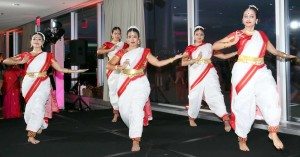5223 people reached on Lassi with Lavina
Kidd Napsealot, Rajshree Solanki, Chandni Dayal, Sonia Lalwani, Kavita Thawani and Binay Kumar like it on Lassi with Lavina
973 views on LinkedIn – 21 Likes
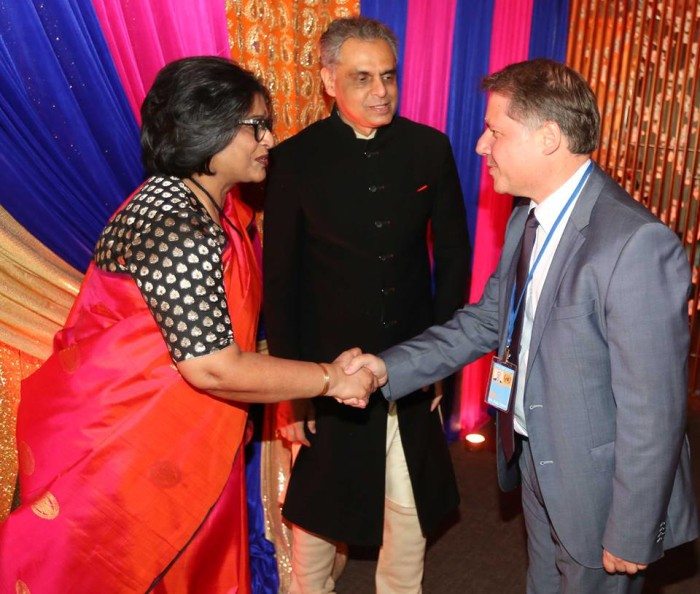
India@70: The Power of Samosa Diplomacy
[dropcap]T[/dropcap]here have been many celebrations for India’s big 70th year of Independence but perhaps one of the liveliest – and most delicious – was at the United Nations, organized by India’s Permanent Mission to the UN. When you have an army of skilled Indian dancers and musicians and an arsenal of spicy Indian street foods, how can you not succeed?
Ambassador Syed Akbaruddin and his wife Padma hosted a joyful celebration of India’s Independence for New York’s large diplomatic community at the Delegates Dining Room in the UN. The over 800 guests came from every country under the sun and got a first-hand introduction to India’s vibrant culture. The space had been transformed into a colorful outpost of the homeland with rich fabric hangings, rose petals and lamps, ethnic décor and even charpoys or string-beds from the Punjab.
[dropcap]O[/dropcap]n a beautiful summer day with the expanse of the shimmering New York waterfront on view from the vast terrace, women from China to Russia to Africa tried on Rajasthani bangles and got henna patterns painted on their hands. Guests tasted street food from varied regions of India at colorful carts with everything from pav bhaji to momos to jal moori, created by chefs Hemant Mathur and Surbhi Sahni. Vibrant dancers and musicians from Surati brought the rhythms and color of Indian classical dance as well as folk and Bollywood within touching distance for the global community. They even showcased hip-hop, jazz and Flamenco to underline the universality of dance and music.
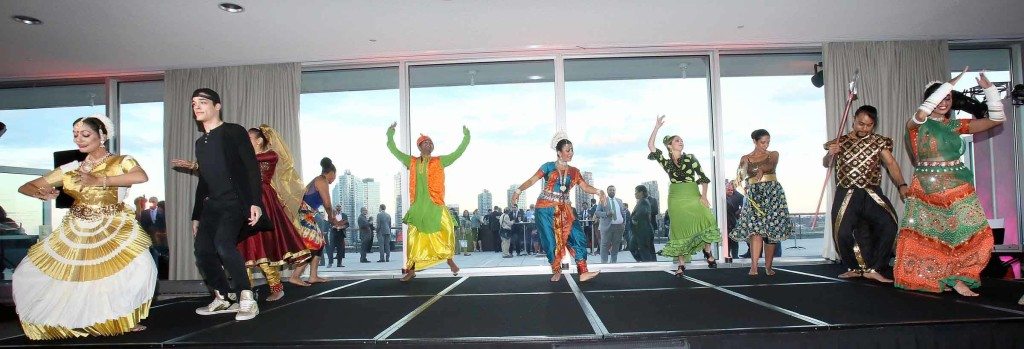
[dropcap]A[/dropcap]sked about the significance of this celebration, Ambassador Syed Akbaruddin said: “We are endeavoring to build the new India and that new India is being built on the solid edifice of our traditions which are age-old but abiding. So today what we have endeavored to do is showcase our traditions because even as we build new things we will not forget our traditions and values.”
As hundreds of guests from different nations milled around the festive scene enthusiastically, he added, “The emphasis is on trying to engage the world in different ways, by showcasing different aspects of Indian culture. As you can see it’s an international, cosmopolitan gathering and you can see how the world has responded and been supportive of our efforts.”
[dropcap]I[/dropcap]ndeed, never under-estimate the soft power of art, dance and music to win hearts and minds on a global scale. And when you add the gourmet delights of Indian food to the equation, it’s a win-win situation.
Talking to some of the guests, I was surprised to learn how many had already been to India and how many more were anxious to visit. The direct route to the world’s heart is indeed through its stomach, and India’s Permanent Mission at the UN had a very satiated and happy crowd on its hands that evening.
My own firm belief is that every difficult meeting at the United Nations should end with all participants being required to drink a glass of mango lassi and eat a scrumptious samosa. These evoke happiness, a child-like joy and a sense of universal humanity. After that, how can anyone have an appetite for crisis or contention?
